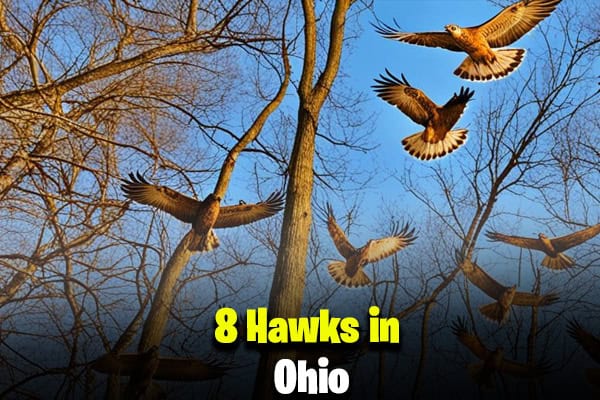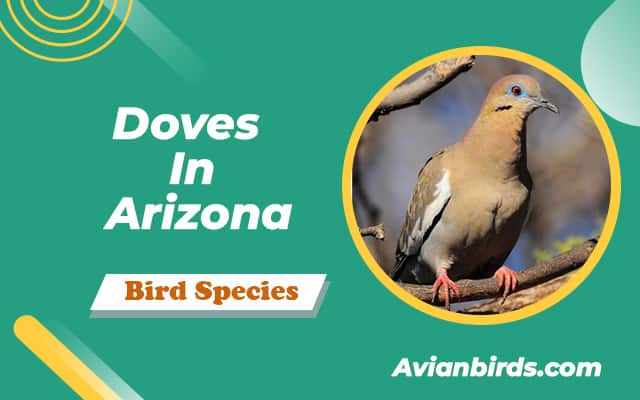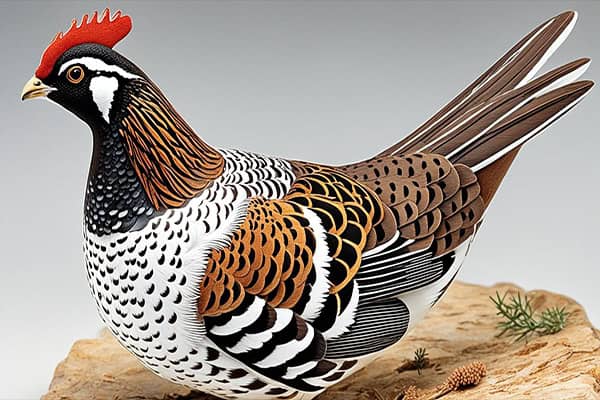Hawks in Ohio (8 Species You Can Spot In Ohio)
Did you know Ohio is home to eight amazing hawks species? It’s a top spot for birdwatching in the U.S. With its diverse habitats, from dense woods to wide grasslands and wetlands, Ohio is a haven for hawks. These birds of prey are key to the ecosystem and show us the beauty of Ohio’s wildlife. Let’s dive into the world of Ohio hawks, and learn how to identify them, where they live, and how they hunt.
~Here we’ll discuss the 8 types of Hawks species in Ohio~
In Ohio, hawks are more than just birds in the sky. They show our commitment to protecting nature. These birds of prey are key to keeping our ecosystems healthy. They come in many types, both living here and passing through.
Watching them fly or hearing their calls is special. Hawks are important for our environment. They help keep the balance of nature.
It’s exciting to see their hunting skills. Birdwatchers of all levels enjoy tracking these birds. Learning about their lives makes each sighting more meaningful.
This knowledge shows us the beauty of nature’s balance. Hawks are a big part of Ohio’s natural world.
The Diverse Bird Life of Ohio
Ohio is home to a wide variety of bird species across its different ecosystems. From dense forests to vast wetlands and busy cities, birds find a place to live. This variety draws both new and experienced birdwatchers to the state.
Familiar birds like the cardinal and great blue heron are common sights. But Ohio also has a range of raptors, including hawks, falcons, and eagles. These birds make birdwatching exciting, whether you’re on a nature trail or by a lake.
Exploring Ohio’s landscapes means seeing different birds up close. Watching these birds helps us understand nature better. Let’s celebrate the beauty and diversity of Ohio’s birds together.
- Forests: Home to woodpeckers and owls
- Wetlands: Habitats for ducks and herons
- Urban areas: Spotting pigeons and sparrows
| Habitat Type | Common Bird Species |
|---|---|
| Forests | Cardinal, Wood Thrush, Red-Tailed Hawk |
| Wetlands | Great Blue Heron, Mallard, Marsh Wren |
| Urban Areas | Rock Pigeon, American Crow, House Sparrow |
Overview of Hawk Species in Ohio
Ohio is home to eight types of hawks, as recent eBird data shows. These amazing birds include:
- Red-tailed Hawk
- Red-shouldered Hawk
- Sharp-shinned Hawk
- Cooper’s Hawk
- Broad-winged Hawk
- Northern Harrier
- Rough-legged Hawk
- Swainson’s Hawk
Each hawk species is vital for controlling rodents and keeping ecosystems healthy. This shows how important these birds are to our environment.
Habitat and Distribution
Hawks in Ohio live in various places like open fields, forests, wetlands, and cities. This variety of habitats lets them survive well. Hawks can be found in southeastern Ohio’s forests farmlands and wetlands.
They eat small mammals, birds, and reptiles, showing off their hunting skills.
Hawks live not just in the wild but also in cities. They can be seen flying over homes or hunting in parks. This shows how they adapt to different parts of Ohio.
1. Red-Tailed Hawk
When we think of the red-tailed hawk, we picture its striking look and big role in North America. This bird stands out among others, with unique traits and the ability to live in different places.

Identification and Characteristics
Identifying a red-tailed hawk is interesting because of its varied colors. Adults are 18 to 26 inches long and can have a wingspan of up to 4 feet 10 inches. Their reddish-brown tail is a key feature, becoming more vibrant with age. These details help bird watchers spot and appreciate these hawks.
Habitat Preferences
Red-tailed hawks like open areas like grasslands and croplands, with trees for resting. They can also be found in cities, perched on poles and buildings. This makes them easy to spot for birdwatchers.
Diet and Hunting Techniques
These hawks eat small mammals, birds, reptiles, and carrion. They hunt by waiting high up and watching for movement. Then, they make quick attacks from the air, showing their skill and precision. Watching them hunt shows how important they are to the ecosystem.
2. Red-shouldered Hawk
The red-shouldered hawk, known as Buteo lineatus, catches our eye with its bright colors and unique look. These hawks are not just pretty; their size and where they live are key to knowing them.
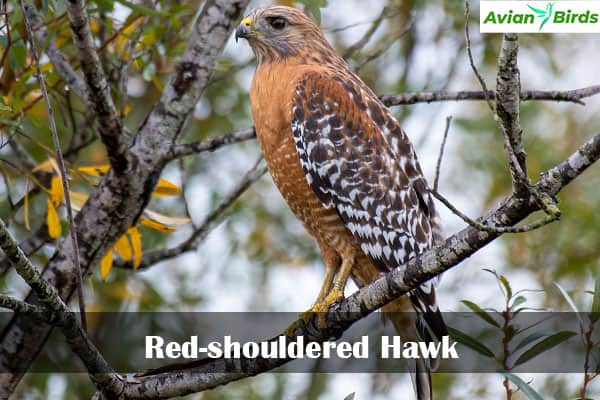
Appearance and Size
Let’s start with how they look. Adults are 15 to 24 inches long and have a wingspan of 35 to 50 inches. Their size makes them stand out. They have reddish-orange underparts and black-and-white wings that make a strong contrast.
Typical Habitat
Red-shouldered hawks live mainly in mature forests. They like places near water and swamps for food. But, they can also be found in farms and even cities, making them easy to spot for those curious about them.
| Attribute | Details |
|---|---|
| Scientific Name | Buteo lineatus |
| Length | 15 to 24 inches |
| Wingspan | 35 to 50 inches |
| Typical Habitat | Mature forests, swamps, and agricultural areas |
3. Sharp-Shinned Hawk
The sharp-shinned hawk is a bird that captures the interest of birdwatchers and nature lovers. It is known for its unique look and fast movements. Knowing about the size and features of the sharp-shinned hawk helps us spot them in the wild.

Size and Distinctive Features
The sharp-shinned hawk is the smallest in North America, measuring 9.1 to 15 inches long. Its size makes it very agile. It has short, rounded wings and a long tail, perfect for flying through dense forests.
This design lets it hunt in places big raptors can’t. It’s great at catching prey in tight spaces.
Feeding Habits
Sharp-shinned hawks in Ohio mainly eat smaller birds, catching them with speed and stealth. They ambush their prey, often hiding in thick plants. They are quick to dive, especially near bird feeders, where they find plenty of food.
This shows how agile and efficient they are at hunting. They are well-suited to their hunting style.
4. Cooper’s Hawk
Learning how to spot a Cooper’s hawk is key for bird lovers and nature fans. This bird, known as Accipiter cooperii, is often mixed up with the sharp-shinned hawk. Cooper’s hawks stand out because they are bigger, measuring 14 to 20 inches long. They have a longer tail that is more rounded. Their feathers are blue-grey on top and orange-barring below, making them easy to spot.
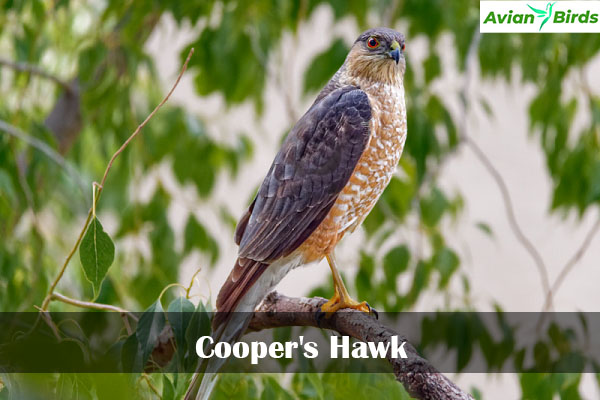
Identification Tips
Spotting Cooper’s hawks can be fun. Here are some tips to help:
- Size: They are bigger than sharp-shinned hawks.
- Tail: Their tail is longer and rounded, helping them fly fast.
- Plumage: They have blue-grey feathers on top and orange or reddish bars on their chest.
- Behavior: They move quickly through trees, showing where they are.
Behavior and Diet
Cooper’s hawks are interesting to watch because of their hunting skills. They chase smaller birds, like songbirds. Their diet includes:
- Songbirds: Sparrows and finches are their main food.
- Small mammals: They sometimes eat small rodents.
These hawks are very agile and fast, flying through trees to catch their food. They build big nests high up in trees. This shows they can live in both the countryside and cities.
5. Broad-Winged Hawk
Broad-winged hawks are fascinating birds with unique features and behaviors. They catch the eye with their size and appearance. Let’s explore their physical traits, where they live, and how they breed.
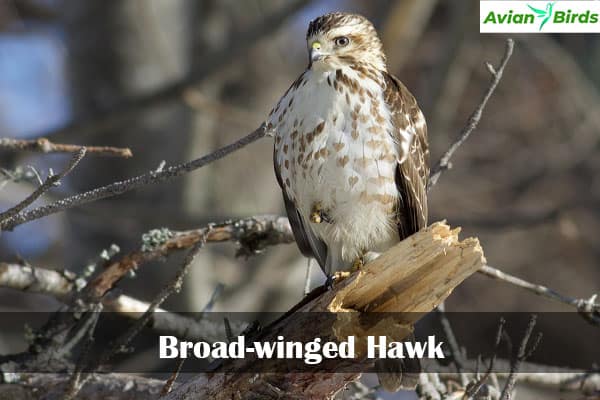
Physical Traits
Broad-winged hawks are known for their size and striking look. They range from 13 to 17 inches long. They have:
- Dark brown upperparts
- White underside with reddish-brown barring
- Broad wings and short tail for gliding
- A distinctive, rounded head
Habitat and Breeding Behavior
Knowing where broad-winged hawks live helps us understand their lifestyle. They love forests with open canopies and live near mixed woods and wetlands. They build their nests in tall trees using sticks and foliage.
During the breeding season, they show interesting behavior. They return to the same nests every year. This shows their strong connection to their territory and their young.
| Aspect | Description |
|---|---|
| Size | 13 to 17 inches long |
| Coloration | Dark brown upperparts, white underside with reddish-brown barring |
| Nesting Habits | Builds nests in tall trees, returning to the same ones each year |
| Preferred Habitat | Forests with open canopies, mixed woods, and nearby wetlands |
6. Northern Harrier
The northern harrier, known as Circus Hudsonius, is a bird of prey with a unique look and hunting ways. It has traits that make it interesting for birdwatchers and nature lovers. This raptor is worth learning about.

Unique Characteristics
It’s easy to spot a northern harrier if you know what to look for. It has a wingspan of about 43 inches and is 18 inches long. It stands out with its long wings tail and white rump. These features are clear when it flies, setting it apart from other hawks.
People also notice its elegant glide and low flight over open areas and wetlands.
Hunting Methods and Diet
Northern harriers hunt with great skill and speed. They fly low over the ground to spot small mammals and birds. They use a hovering technique to check their surroundings before swooping down to catch their prey.
Their diet mainly includes rodents and small birds. This shows how adaptable and skilled they are in different environments.
Hawks in other Regions:
7. Rough-legged Hawk
The rough-legged hawk, known as Buteo lagopus, is a bird that catches the eye in winter. Learning about its winter home and looks helps us appreciate it more.
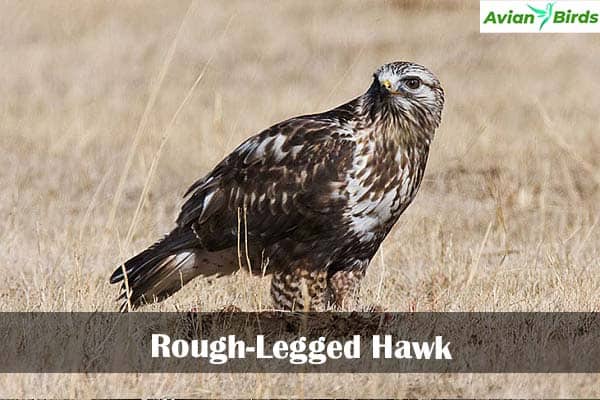
Winter Habitat
Rough-legged hawks move south from the Arctic tundra to find good winter homes. In Ohio, they like open fields and marshes for hunting small animals and birds. These places let us see these hawks flying high over the landscape during winter.
Physical Description
Spotting rough-legged hawks is easy with their distinct looks. They have a sturdy body and feathered legs, perfect for cold weather. They range from 18 to 24 inches long and come in dark brown to light shades with white patches. These features show their beauty and how they adapt to winter.
| Trait | Description |
|---|---|
| Common Name | Rough-legged Hawk |
| Scientific Name | Buteo lagopus |
| Length | 18 – 24 inches |
| Winter Habitat | Open fields and marshes |
| Physical Traits | Feathered legs, variable coloration |
Wrapping Up…
Hawks in Ohio are truly amazing birds that play a key role in our ecosystems. They come in many species, like the Red-Tailed Hawk and the Northern Harrier. These birds show us the beauty of Ohio’s bird life.
These birds are important for the health of our environment. They help show us how well nature is doing and keep the balance of wildlife. By learning about them, we connect more with nature and support conservation.
When we explore Ohio’s outdoors, let’s teach the next generation about these birds. By sharing our love for birdwatching, we can help protect hawks and their homes for the future.

